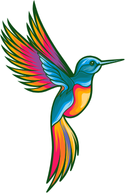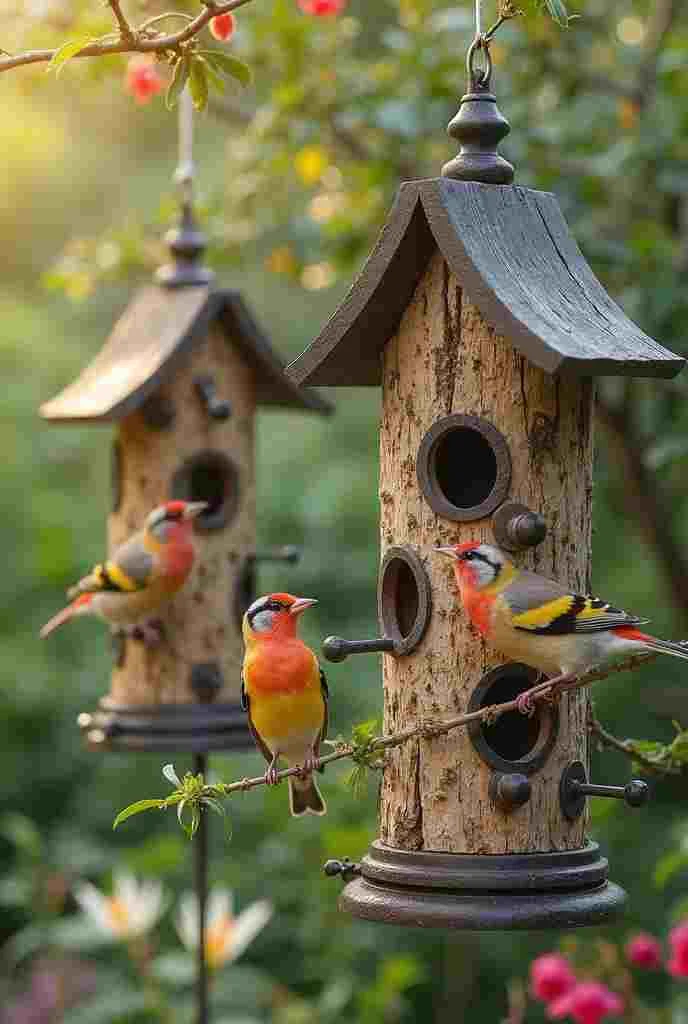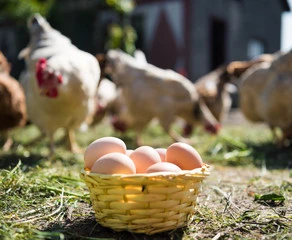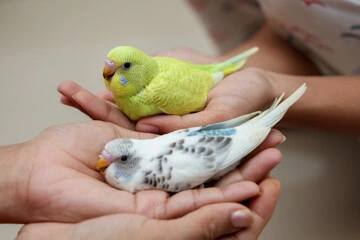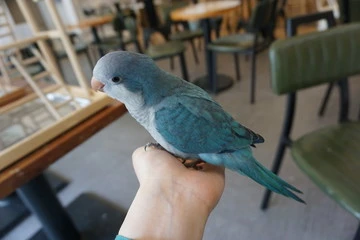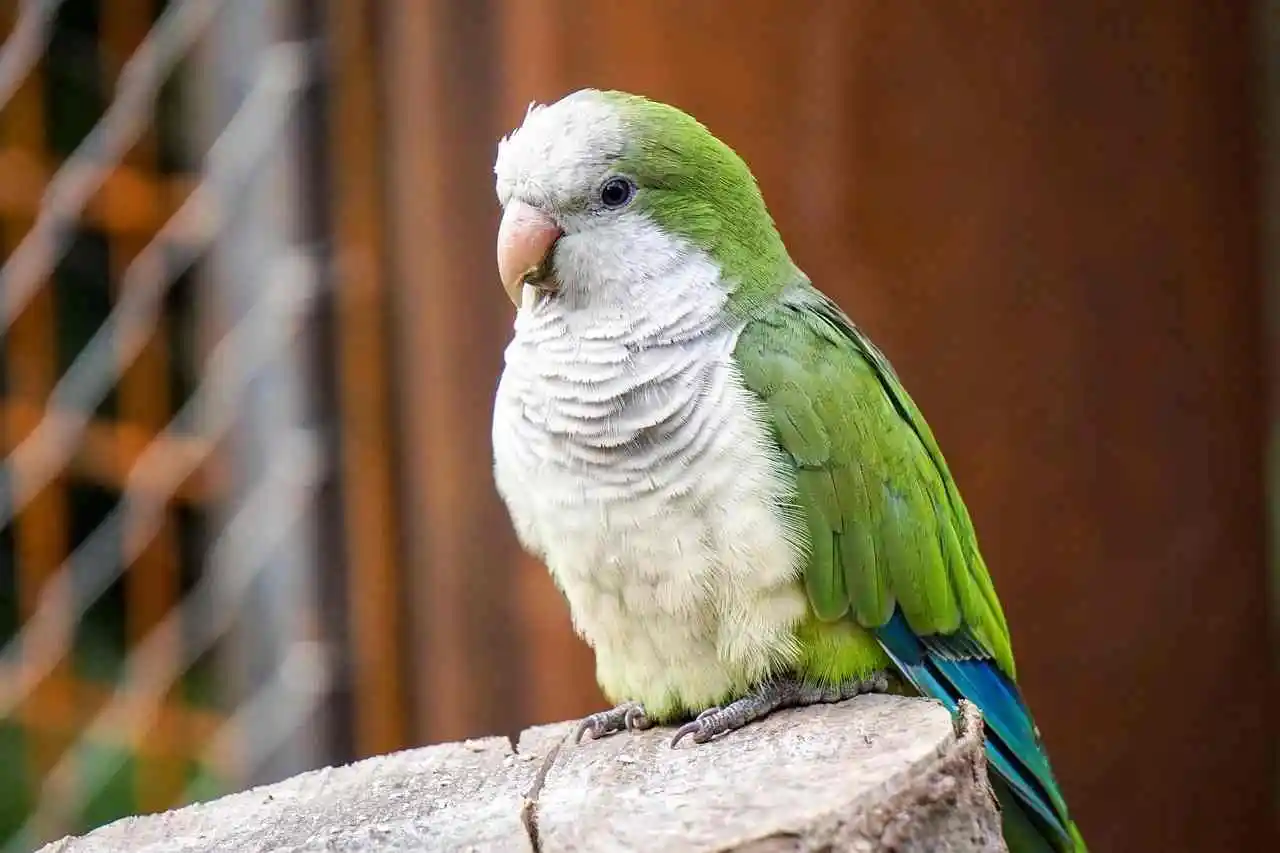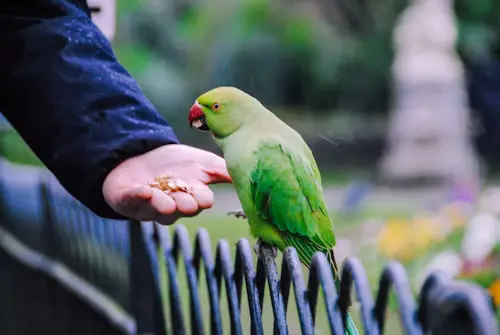Bird With Red Head: Proven Tips To Spot Stunning Birds
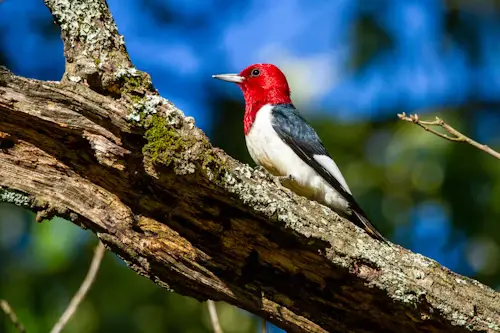
Have you ever glanced out your window and been stopped in your tracks by a flash of crimson? That sudden burst of color against the green leaves or the grey sky isn’t just a trick of the light—it’s one of nature’s most brilliant masterpieces: a bird with red head. Whether it’s the familiar Northern Cardinal brightening a snowy day or a mysterious woodpecker you’ve never seen before, that splash of red sparks curiosity and wonder. It feels like a secret message from the wild, inviting you to look closer and learn more.
In this guide, we’ll explore the captivating world of red-headed birds. You’ll learn how to identify them, understand their behaviors, and maybe even attract a few to your own backyard. Let’s dive in!
Table of Contents
Why Do Some Birds Have Red Heads?
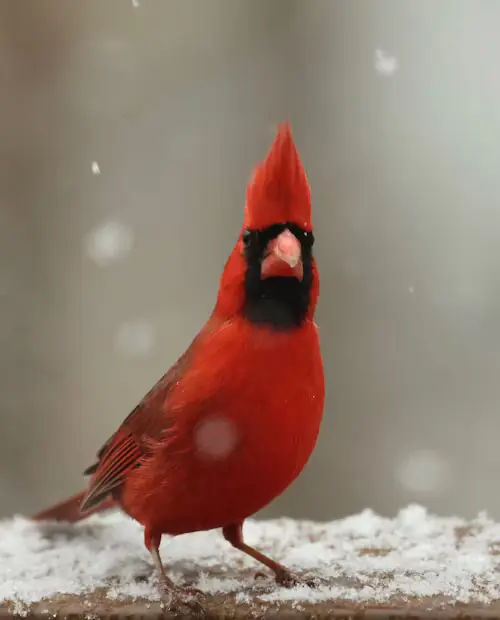
That brilliant red isn’t just for show—it serves important purposes in the avian world. For many species, a red head plays a key role in mating displays, signaling health and vitality to potential partners. In others, it can serve as camouflage or even a warning. The red coloration usually comes from carotenoids in their diet, which means a brighter red often indicates a healthier, well-fed bird.
Common Birds with Red Heads You Might Spot
You don’t need to be an expert birder to recognize some of these frequent visitors. Here are a few you’re likely to see, whether in your yard or on a hike.
1. Northern Cardinal (Cardinalis cardinalis)
Perhaps the most iconic bird with red head in North America, the Northern Cardinal is a year-round resident in many areas. The male is a stunning crimson from head to tail, with a distinctive crest and black face mask. Females are more subdued, with reddish tinges on their crest, wings, and tail. Cardinals are frequent visitors to feeders, especially if you offer sunflower seeds.
2. House Finch (Haemorhous mexicanus)
If you’ve ever seen a small, streaky brown bird with a rosy red head and breast at your feeder, you’ve likely met the male House Finch. As noted in online communities, these cheerful birds are common across North America and are known for their lively song. Females lack the red coloring and are brown and streaky all over. They love seeds and are quite social!
3. Red-headed Woodpecker (Melanerpes erythrocephalus)
This striking bird boasts a completely red head, contrasting sharply with its black and white body. Unlike many woodpeckers, it’s known for catching insects in flight and storing food. Sadly, its numbers have declined in some regions, making a sighting all the more special.
Less Common but Equally Stunning Red-Headed Birds
If you’re lucky, you might spot one of these dazzling species. Keep your eyes peeled—and your binoculars ready!
4. Vermilion Flycatcher (Pyrocephalus obscurus)
A tiny burst of fire in the sky! The male Vermilion Flycatcher is brilliantly red with dark brown wings. Found primarily in the southwestern U.S. and Central America, this bird is a delight to watch as it darts out to catch insects.
5. Red-breasted Sapsucker (Sphyrapicus ruber)
This woodpecker has a vivid red head and breast and is found along the Pacific Coast. It drills neat rows of holes in trees to feed on sap—and the insects attracted to it.
6. Pine Grosbeak (Pinicola enucleator)
A large, gentle finch of northern forests, the male Pine Grosbeak has a rosy red head and body. They are relatively tame and may visit berry trees in winter.
Birds with Red Crests: Adding Drama to the Sky
Some birds take the redhead trend a step further with magnificent crests. These feathered crowns can be raised or lowered to communicate mood or assert dominance.
- Northern Cardinal: The classic raised crest signals alertness or excitement.
- Pileated Woodpecker: Though mostly black, it sports a brilliant red crest that makes it unmistakable.
- Red-whiskered Bulbul: Not native to the Americas, but if you’re in Asia or have spotted one in Florida, you’ll recognize its sharp black crest with red patches.
How to Identify Red-Headed Birds: Key Features to Look For
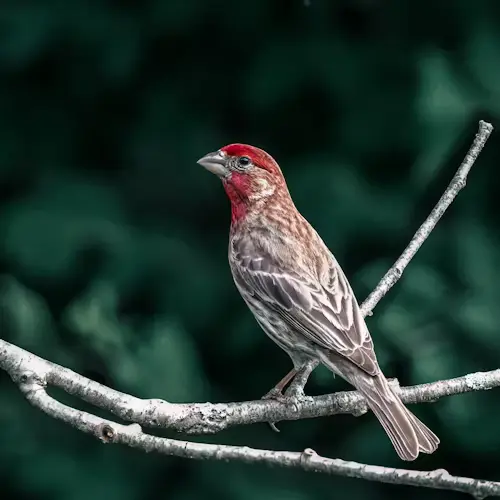
When you’re trying to identify a bird with red head, don’t just focus on the color. Note these details:
- Size and shape: Is it finch-sized? Woodpecker-shaped?
- Bill type: Cone-shaped for seeds? Long and pointed for insects?
- Habitat: Woodlands, wetlands, or your backyard?
- Behavior: Pecking on trees? Hopping on the ground? Flying out to catch insects?
Using a field guide or app like Merlin Bird ID can help tremendously. You can also share photos in birding groups—many enthusiasts love helping with identifying red-headed birds!
Table: Quick Guide to Common Red-Headed Birds
| Bird Name | Size | Habitat | Key Features |
|---|---|---|---|
| Northern Cardinal | 8-9 inches | Woodlands, gardens | Bright red all over (male), raised crest |
| House Finch | 5-6 inches | Urban areas, farms | Red head & breast, streaky belly |
| Red-headed Woodpecker | 7-9 inches | Open woodlands | Solid red head, black and white body |
| Vermilion Flycatcher | 5-6 inches | Deserts, riversides | Brilliant red body with brown wings |
Attracting Red-Headed Birds to Your Yard
Want to enjoy these beauties up close? Here’s how to make your yard inviting:
- Offer their favorite foods: Sunflower seeds for cardinals and finches, suet for woodpeckers.
- Provide water: A birdbath or fountain can attract a variety of species.
- Plant native trees and shrubs: Berry-producing plants like dogwood or serviceberry are especially attractive.
- Avoid pesticides: Insects are a crucial food source for many birds.
For more tips on creating a bird-friendly habitat, check out our guide on bird breeding and care.
FAQs About Birds with Red Heads
What is the most common bird with a red head?
In North America, the Northern Cardinal is often the most frequently seen bird with red head, especially in eastern and central regions. House Finches are also very common.
Are all red-headed birds males?
Not always! In many species, like the Northern Cardinal, both sexes have red markings, though males are typically brighter. In others, such as the House Finch, only males have red plumage.
Why do turkey vultures have red heads?
Turkey vultures have bare red heads to help with hygiene—since they feed on carrion, feathers would trap bacteria and blood. The bare skin is easier to keep clean! This fascinating adaptation is shared by other vulture species.
Can I find red-headed birds all year?
Many, like cardinals and finches, are non-migratory and can be seen year-round. Others may be seasonal visitors depending on your location.
Conclusion: The Joy of Red-Headed Birds
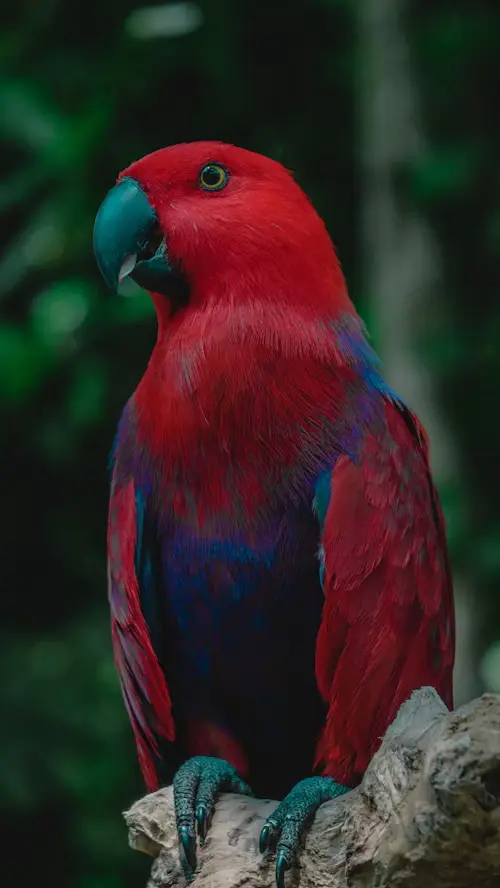
Whether you’re a seasoned birder or just beginning to notice the feathered visitors in your neighborhood, birds with red crest and heads offer a special kind of magic. Their vivid colors brighten our days and remind us of the incredible diversity right outside our windows. We hope this guide helps you identify and appreciate these stunning creatures even more.
Have you spotted a red-headed bird lately? We’d love to hear about your sighting! Share your stories or photos in the comments below, and don’t forget to explore our other articles, like this one on the world’s most colorful parrots. Happy birding!
